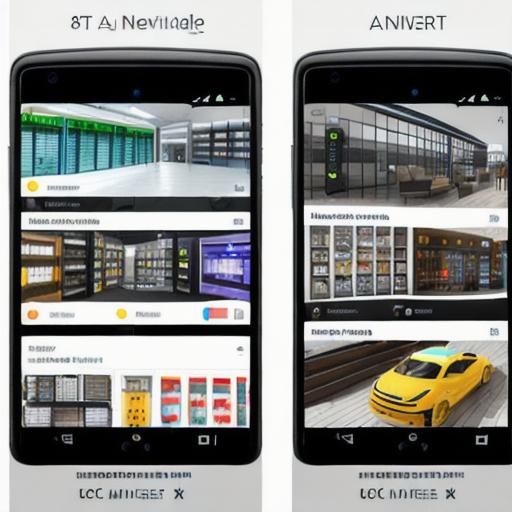What is the best software for AR?

The Ultimate Guide to ARKit Development: Choosing the Best Software for Augmented Reality Applications
As augmented reality (AR) continues to grow in popularity, more and more developers are looking for powerful and efficient software solutions that can help them create immersive and engaging AR experiences. While there are many ARKit development tools available, it can be difficult to choose the best one for your needs. In this comprehensive guide, we will explore the top software options for ARKit development, their features, benefits, and drawbacks, so you can make an informed decision about which one is right for your project.
What is ARKit?
Before we dive into the different software options available, let’s first understand what ARKit is and what it does. ARKit is a powerful set of tools and APIs developed by Apple that allows developers to create augmented reality experiences on iOS devices. With ARKit, you can overlay digital content onto the real world, creating interactive and engaging experiences for users.
Top Software Options for ARKit Development

Now that we have a basic understanding of what ARKit is, let’s take a closer look at some of the top software options available for ARKit development:
1. Unity
Unity is one of the most popular game engines in the world and has also gained traction in the AR market. With Unity, you can create 2D and 3D scenes, as well as integrate ARKit into your project. Unity offers a wide range of features and tools, including support for multiple platforms, real-time rendering, and animation.
One of the biggest advantages of using Unity for ARKit development is its large community of developers, which means that there are plenty of resources available to help you get started. However, Unity can be more complex than some of the other options on this list, which may make it less suitable for beginners.
- ARToolKit
ARToolKit is an open-source AR development framework that provides a set of tools and APIs for creating AR experiences. With ARToolKit, you can create 3D models, add interactive elements, and integrate ARKit into your project.
One of the biggest advantages of using ARToolKit for ARKit development is its flexibility. The framework allows developers to create custom solutions that meet their specific needs. However, ARToolKit can be more complex than some of the other options on this list, which may make it less suitable for beginners.
- ARKit
ARKit is Apple’s native AR development framework, and it is the most widely used tool for creating AR experiences on iOS devices. With ARKit, you can create 3D models, add interactive elements, and integrate ARKit into your project.
One of the biggest advantages of using ARKit for ARKit development is its simplicity. The framework provides a set of tools and APIs that are easy to use and understand, which makes it perfect for beginners. However, ARKit has some limitations when compared to other options on this list, as it is only available on iOS devices.
4. Vuforia
Vuforia is a popular AR development platform that provides a set of tools and APIs for creating AR experiences. With Vuforia, you can create 3D models, add interactive elements, and integrate ARKit into your project.
One of the biggest advantages of using Vuforia for ARKit development is its wide range of features and tools. The platform offers support for multiple platforms, including iOS, Android, and Windows, which means that you can create AR experiences that are available to a larger audience. However, Vuforia can be more complex than some of the other options on this list, which may make it less suitable for beginners.
Case Studies and Personal Experiences
Now that we have looked at some of the top software options for ARKit development let’s take a closer look at some real-life examples of how these tools have been used to create amazing AR experiences:








